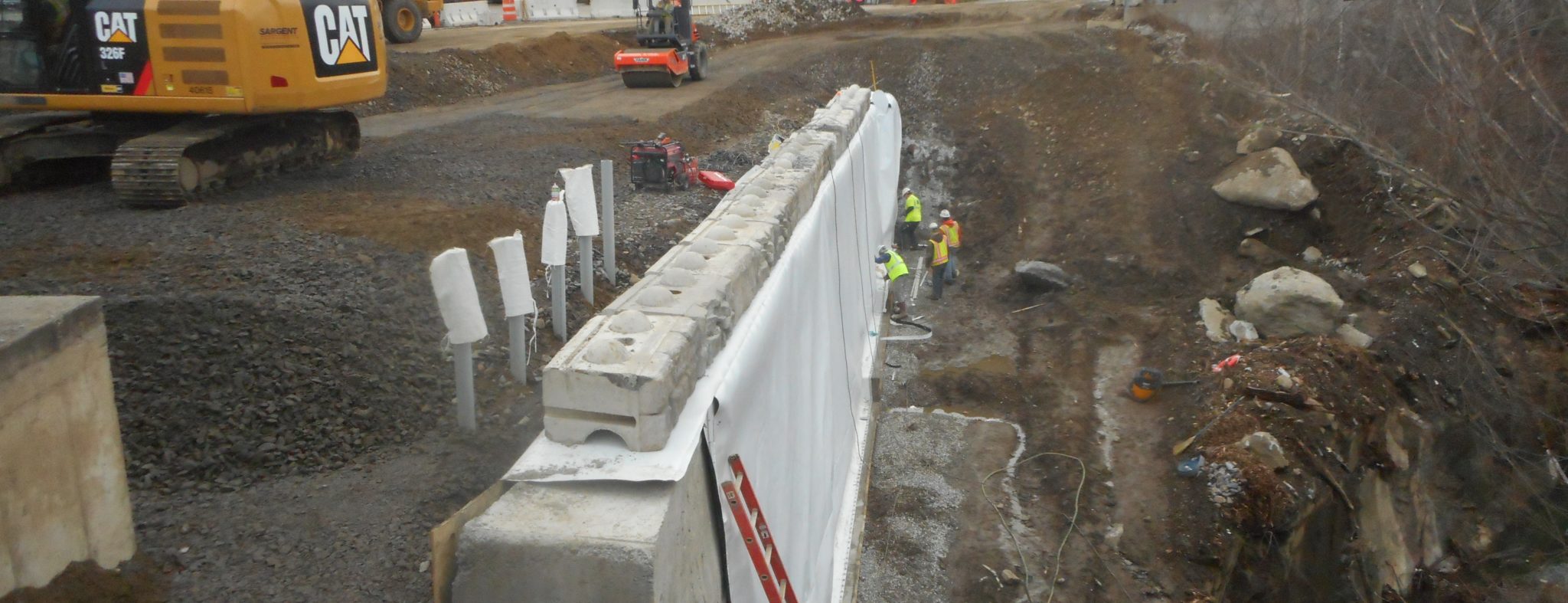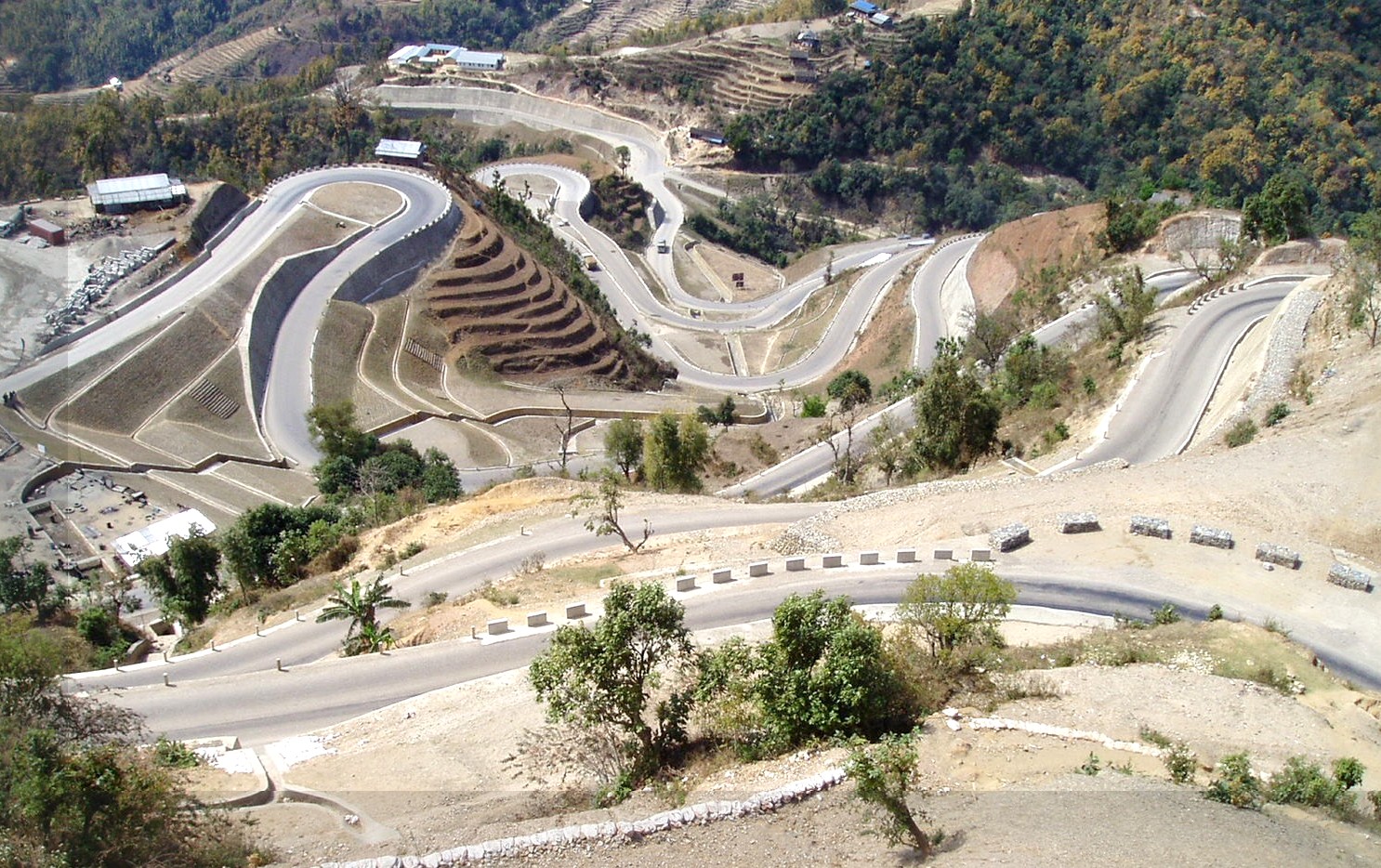How a Tailings Engineer Can Enhance Waste Administration for Mining Procedures
Wiki Article
Exploring the Ingenious Methods and Technologies Shaping the Future of the Geotechnical Industry for Lasting Design Solutions
The geotechnical sector is going through a transformative change, driven by ingenious strategies and modern technologies that highlight sustainable engineering solutions. Advanced dirt stabilization techniques, the use of clever materials, and the application of information analytics are redefining just how we approach facilities challenges.Advanced Soil Stablizing Strategies
Soil stablizing is a vital procedure in geotechnical engineering, targeted at enhancing the physical residential or commercial properties of dirt to boost its load-bearing capability and longevity. Advanced soil stablizing strategies play an essential duty in dealing with obstacles related to weak or unsteady dirts, consequently making it possible for safe and efficient building and construction techniques.Among the prominent techniques, chemical stablizing involves using additives such as lime, concrete, or fly ash, which respond with dirt fragments to form a much more natural mass. This strategy is particularly effective in enhancing the stamina and wetness resistance of large clay dirts. Mechanical stabilization, on the other hand, involves the physical alteration of soil residential properties via compaction or the unification of granular materials, leading to improved density and stability.
Another innovative method is making use of geosynthetics, which supply reinforcement and minimize soil erosion while improving drain. Methods like dirt blending and deep dirt stablizing are additionally getting traction, permitting in-situ treatment of troublesome soils. Collectively, these advanced methods not only boost the efficiency of dirt frameworks but also add to lasting design practices by decreasing the need for comprehensive excavation and material transport.
Smart Products in Geotechnics
Technology is at the leading edge of geotechnical engineering, specifically with the unification of wise materials that boost the efficiency and performance of soil frameworks. Smart products, such as shape memory alloys, piezoelectric products, and self-healing polymers, are reinventing the method engineers come close to soil stablizing and facilities longevity (engineer of record). These products can adapt to transforming ecological conditions, react to anxiety, and even fix themselves, considerably boosting the durability of geotechnical systemsAs an example, piezoelectric products can generate electrical charges in feedback to mechanical anxiety, offering possible for real-time surveillance of soil problems and structural honesty. In a similar way, self-healing products can autonomously repair splits and damages, minimizing maintenance expenses and expanding the life expectancy of geotechnical possessions. The integration of these wise products not only improves the mechanical residential properties of dirt but likewise adds to sustainable design practices by decreasing resource usage and ecological impact.
As the geotechnical market remains to develop, the adoption of wise products will certainly play an important duty in developing ingenious remedies, guaranteeing that facilities are not just durable yet also adaptable to future obstacles. This transformative strategy is poised to redefine the standards of safety and security and performance in geotechnical engineering.
Information Analytics for Facilities
The assimilation of clever products in geotechnical engineering has actually led the way for advanced methods, specifically in the world of information analytics for infrastructure. This cutting-edge strategy leverages considerable information collection and logical strategies to boost decision-making procedures throughout the framework lifecycle. By making use of sensing units installed in clever products, designers can constantly keep track of important specifications such as soil security, wetness levels, and structural integrity.Information analytics makes it possible for the improvement of raw data into actionable insights, permitting for anticipating maintenance and improved risk monitoring. Advanced formulas and maker discovering techniques help with the identification of patterns and abnormalities, which can notify timely interventions and maximize resource allocation. In addition, incorporating geographic information systems (GIS) boosts spatial evaluation, further improving the decision-making structure.
By taking advantage of the power of information analytics, the geotechnical industry is positioned to not just enhance current techniques yet additionally leader innovative options for future framework challenges. This synergy of technology and engineering principles will certainly specify the future of sustainable infrastructure advancement.

Lasting Ground Enhancement Methods
Numerous lasting ground improvement techniques are becoming crucial solutions to attend to the challenges of geotechnical design while lessening environmental effect. These approaches not only boost soil performance but likewise advertise ecological stewardship by lowering reliance on conventional, extra invasive methods.
Another ingenious method is the application of geosynthetics, which includes eco-friendly materials that enhance dirt while promoting drainage and erosion control - tailings engineer. This reduces the need for hefty machinery and reduces website disturbance, thus protecting neighborhood environments
In addition, strategies such as vibrant compaction and vibro-replacement have actually advanced to consist of lasting practices, integrating recycled materials and decreasing carbon impacts. These methods exemplify the industry's change in the direction of more eco liable services, making sure that ground enhancement not only meets design requirements however likewise contributes positively to the surrounding setting.
Technologies in Environmental Surveillance
In the last few years, innovations in environmental surveillance have considerably enhanced the capacity to examine and take care of geotechnical projects with marginal environmental disruption. Cutting-edge modern technologies, such as remote sensing, Net of Points (IoT) tools, and real-time data analytics, are changing exactly how ecological impacts are determined and reduced.Remote noticing modern technologies, consisting of satellite imagery and air-borne LiDAR, help with the quick analysis of land usage changes and ecological problems - geo tech engineer. These devices allow for constant surveillance of sites, allowing engineers to determine potential problems before they escalate. Furthermore, IoT gadgets, furnished with sensing units for specifications like dirt gas, temperature, and wetness emissions, offer live data streams that improve the understanding of site-specific ecological variables
Real-time engineer of record data analytics even more fine-tune decision-making processes by incorporating information from various sources, enabling proactive monitoring strategies. This all natural technique not only guarantees compliance with ecological guidelines however additionally advertises lasting practices within the geotechnical sector.
As these innovations proceed to develop, they hold the prospective to connect the space between design objectives and environmental stewardship, cultivating a much more sustainable future for geotechnical jobs worldwide.
Conclusion
Advanced soil stabilization approaches, the combination of clever materials, and the application of data analytics collectively boost the durability and effectiveness of infrastructure. These improvements not just address contemporary engineering challenges however additionally lead the way for a much more lasting future in geotechnical practices.Techniques like dirt blending and deep dirt stablizing are likewise getting traction, permitting for in-situ therapy of bothersome soils. Collectively, these advanced methods not only improve the performance of dirt frameworks yet also contribute to lasting design methods by minimizing the demand for substantial excavation and material transportation.

Report this wiki page